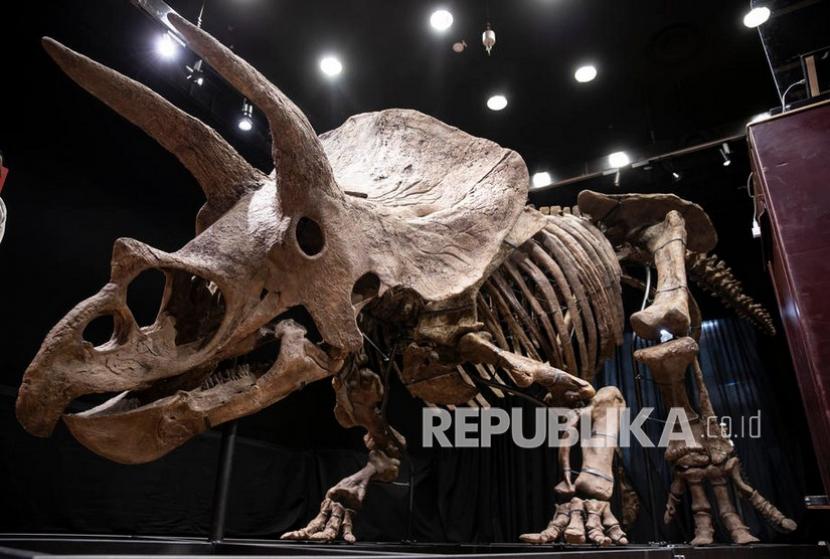Paleontologists have found tiny fragments of the asteroid that killed the dinosaurs.
REPUBLIKA.CO.ID, JAKARTA — Paleontologists have found small fragments of asteroid that kills dinosaur when it hit Earth 66 million years ago. According to the United States Aeronautics and Space Administration (NASA), the discovery is astonishing.
Scientists found the fragment in the Hell Creek Formation, North Dakota, which preserves the remains of an asteroid impact. One of the authors, a paleontologist at the University of Manchester, began work on the Tanis fossil site, southwest of North Dakota in 2012. He says the dusty plains of the fossil site are the opposite of before the asteroid impact in the Cretaceous Period.
According to him, it was a rainforest with an inland sea called the Western Interior Seaway that stretched from Gulf of Mexico to Canada. Now, it’s a region of fossils buried after an asteroid impact.
The asteroid impact resulted in the crater now known as the Chicxulub impact crater about 100 miles wide and nearly 20 miles deep. The molten rock splashed into the air during the collision and cooled into a ball of spherules.
DePalma and his colleagues discovered asteroid fragment which is well preserved. Most of the rock pieces contain strontium and calcium indicating part of the limestone crust at the impact site.
However, they are slightly different on the inside. Rocks containing higher levels of iron, chromium, and nickel lead to asteroids and carbonaceous chondrites. This is similar to Frank Kyte’s discovery in 1998 when he discovered meteor fragments in a core sample drilled in Hawaii, more than 5,000 miles from Chicxulub. There are also some bubbles in the sphere and scientists believe they are still holding air from 66 million years ago because no cracks were found.
The fossil record can provide information about the climate crisis
In addition to spherical spheres, DePalma and his team found several fossils at the site, such as the limbs of a plant-eating dinosaur called Thescelosaurus. The limbs still have skin that shows no time to rot before being buried in the sediment.
Quoted Science Times, Sunday (15/5/2022), another fossil found was a fossil pterosaur egg which is evidence that reptile eggs were soft as they are today. They also found turtle fossils.
Researchers believe the fossil record provides insight into how global-scale hazards affect life on earth and how biota reacts. Therefore, fossils provide humans with a crystal ball that can see past events to apply to the current climate crisis.
–


